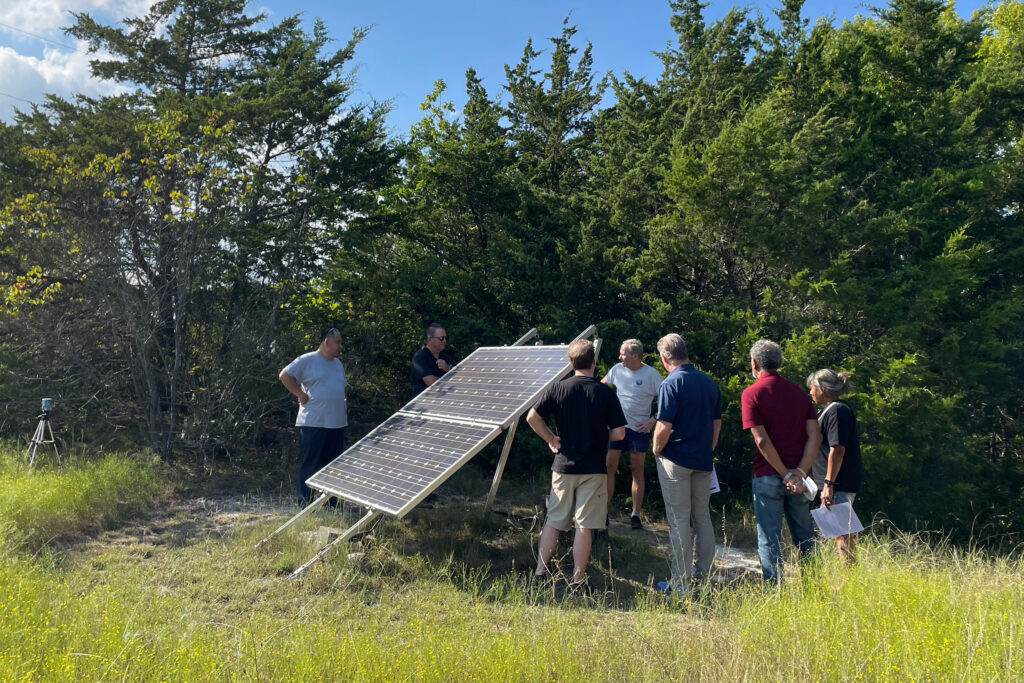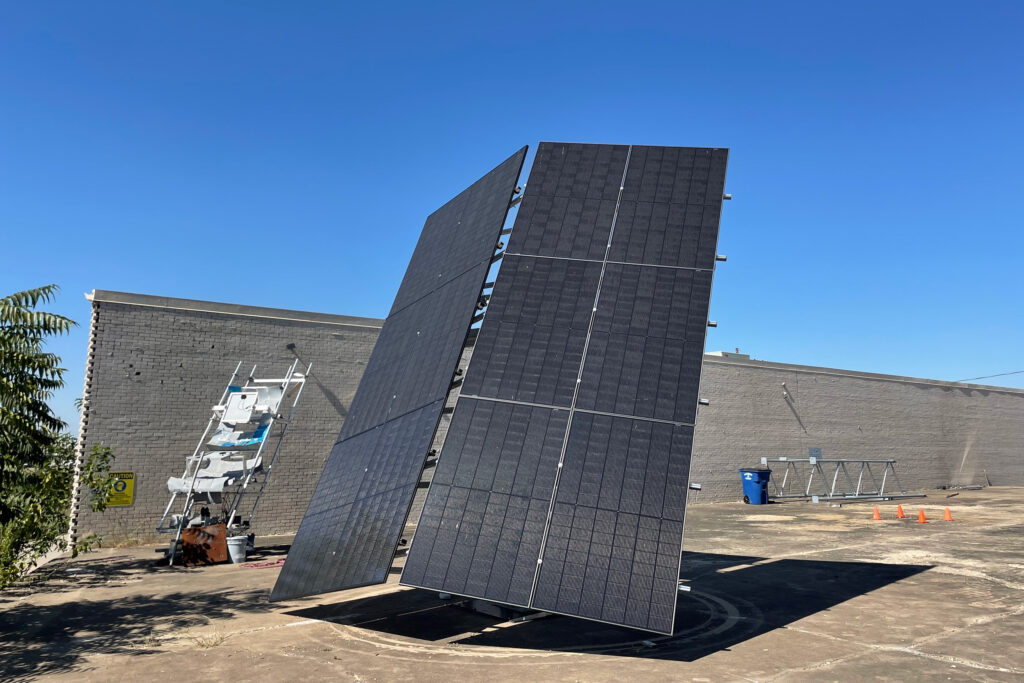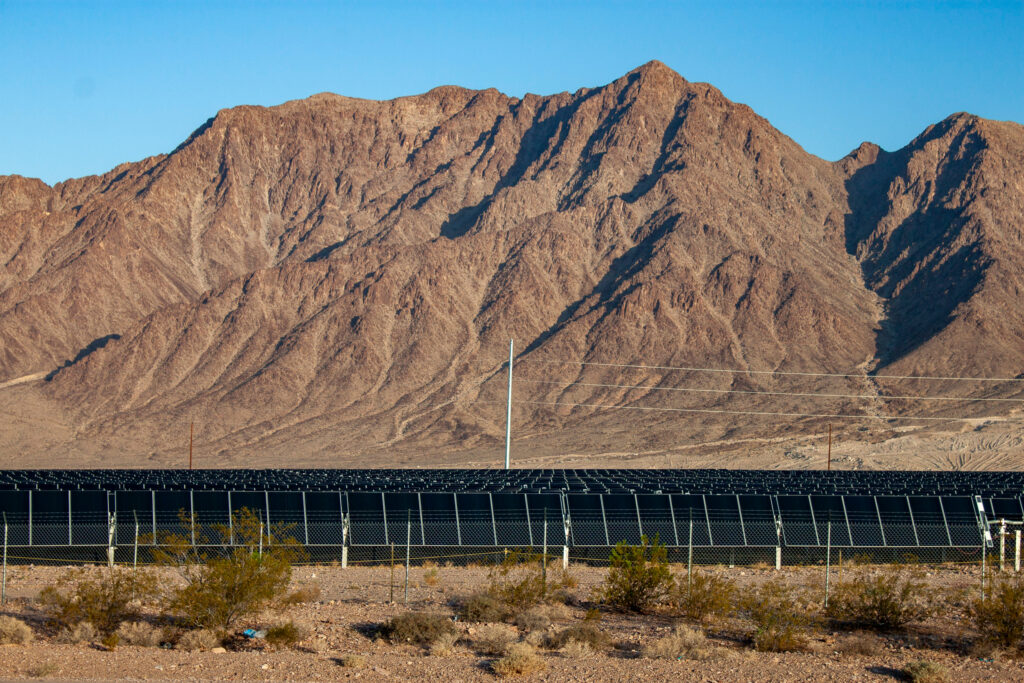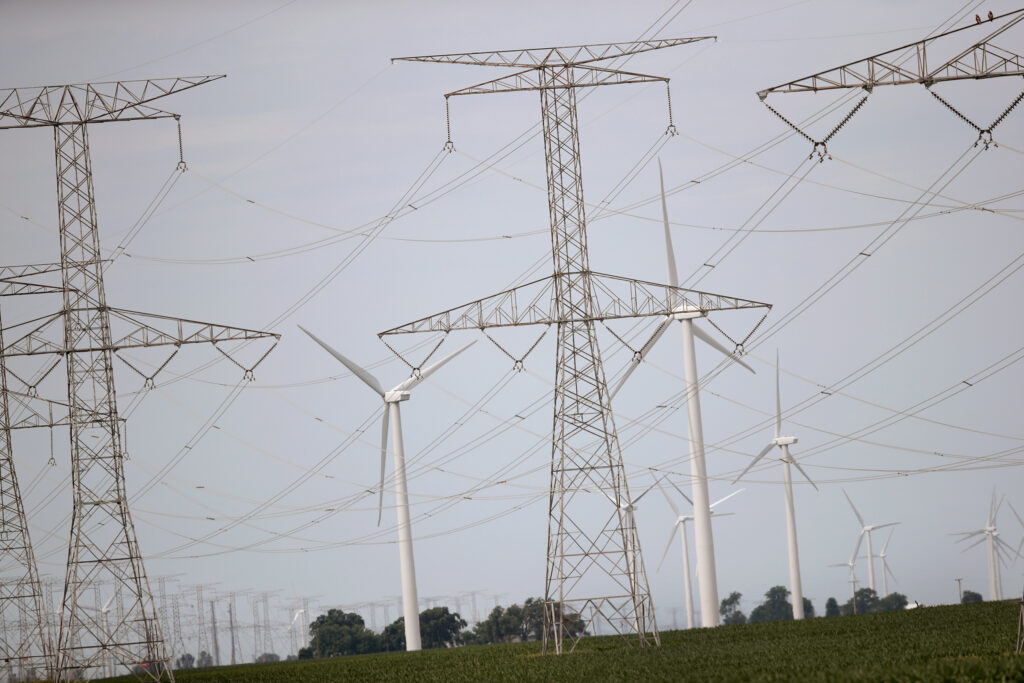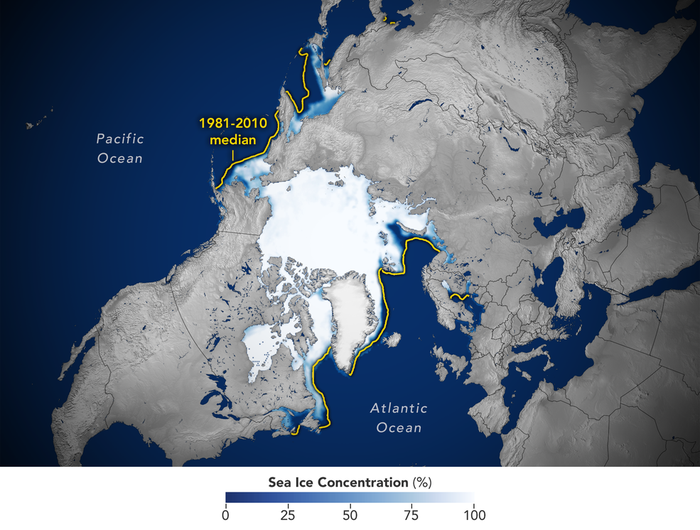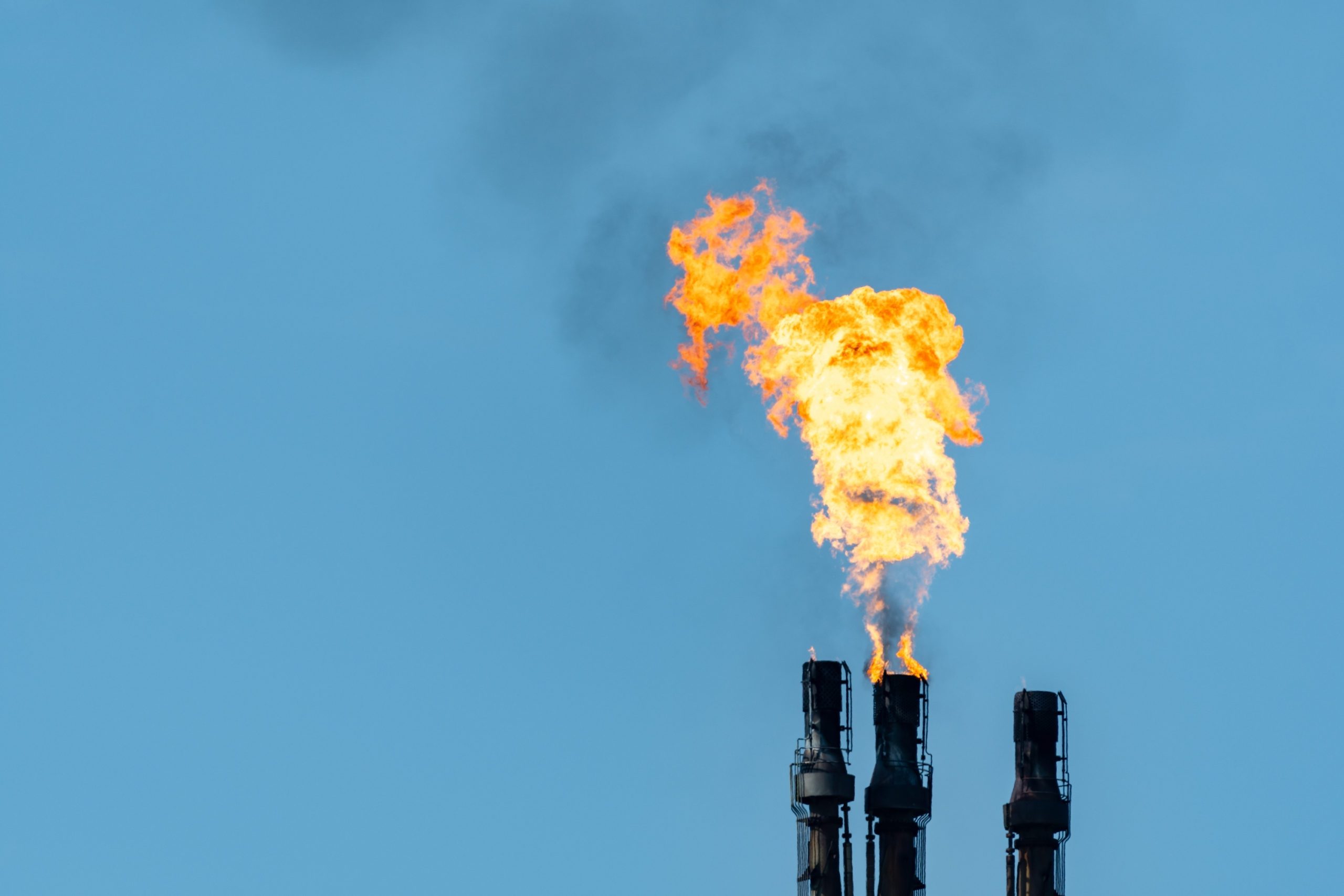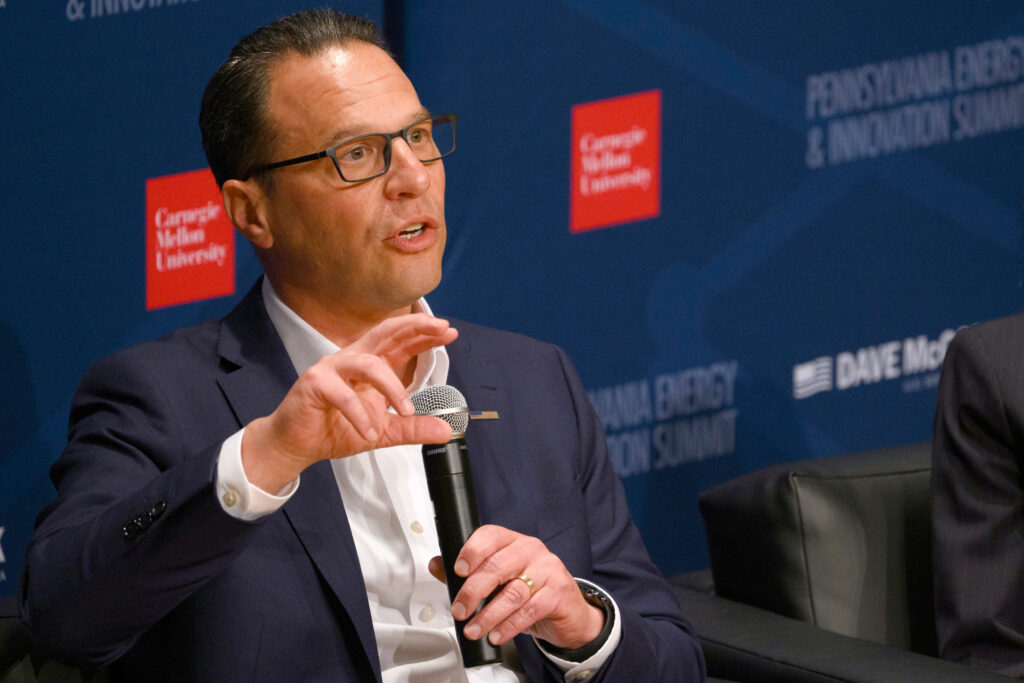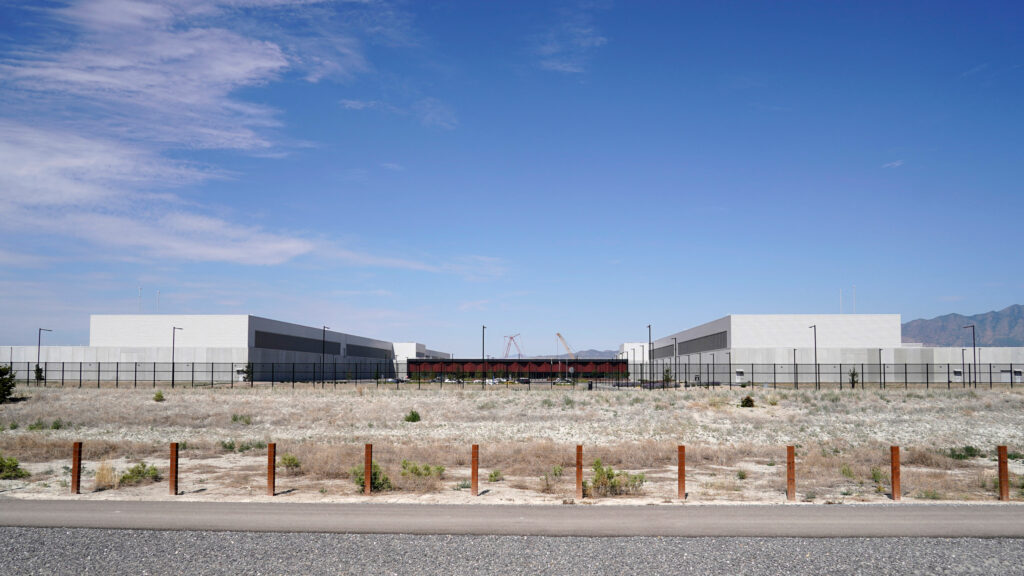Residents of the Woodlen Place Apartments in Kansas City, Missouri, could soon see lower energy bills thanks to a new batch of federal aid aimed at cutting housing costs while also tackling the climate crisis.
The housing complex, consisting of 16 townhomes, is slated to get new energy efficient windows and insulation. The units’ old heating and cooling systems will be replaced by air-source heat pumps and heat pump water heaters, a technology that can help reduce electricity use, along with the associated greenhouse gas emissions. Some of the buildings will have solar arrays installed to further reduce energy consumption and lower overall utility costs.
Those renovations will be paid for with a $3.6 million grant from the U.S. Department of Housing and Urban Development, or HUD. Earlier this month, the federal agency announced more than $69 million in new grants to 10 developers across the country who will use the money to install new clean energy systems, improve energy efficiency and better fortify their buildings against the consequences of climate change, including more frequent and intense heat waves and floods.
“This would not have been feasible without this resource,” said Julie Klump, vice president of design and building performance at the Preservation of Affordable Housing (POAH), the nonprofit developer that owns and operates Woodlen Place Apartments. “POAH has a continued focus on energy efficiency and sustainability goals that often cannot be met without additional resources.”
Explore the latest news about what’s at stake for the climate during this election season.
The HUD grants, established in 2022 with money from the Inflation Reduction Act, will also rehab properties in Michigan, Texas, California, Alabama, New Jersey, Pennsylvania, Vermont, Washington and Wyoming. The IRA dedicated about $370 billion for climate and clean energy initiatives.
With this latest funding round, HUD has now distributed more than $840 million in grants and loans through the program since its launch, said Julia Gordon, the agency’s assistant secretary for housing. And because that money has gone exclusively to housing properties that participate in HUD’s Section 8 rental assistance program for low-income individuals and families, she said, the grants are contributing to President Joe Biden’s broader effort to advance environmental justice.
“This is in alignment with the president’s Justice40 Initiative,” Gordon said, “and is very personal to me, because having worked in many struggling and disinvested communities over the years, I know that frequently those communities are the last to be able to take advantage of advances in technology.”
Biden created Justice40 through executive order in 2021 as part of his push to address the nation’s persistent socioeconomic and health disparities. The order directs federal agencies to deliver 40 percent of the “overall benefits” of their environmental and energy investments to “disadvantaged communities that have been historically marginalized and overburdened by pollution and underinvestment.”
For decades, studies have shown that poorer neighborhoods with a higher percentage of Black and Indigenous residents and other people of color are more likely to be located near hazardous waste sites, suffer more frequently from polluted air and are disproportionately impacted by the threats of climate change, including increased risks from wildfires and floods.
Extreme weather events have become so destructive in some states, such as California and Florida, that homeowners are struggling to pay for insurance, or even obtain it at all. Nationwide, home insurance costs have risen 21 percent since 2015, NPR reported earlier this year.
“We know that flood insurance is extremely expensive, is getting more expensive and is getting more difficult to get,” Gordon said. “So we want to protect our residents from the actual flood itself and we want to protect owners from costs that they can’t manage.”
The latest round of HUD grants are part of the agency’s effort to mitigate the effects of climate change for residents and housing developers. Last year, HUD finalized a new building standard, which requires developers to take more stringent flood proofing measures, such as raising the height of building foundations, when using federal funding to build new homes in floodplains.
The new rule will “make sure that all homes—multi-family homes, single family homes—are being built appropriately and recognizing the increased flood risk everywhere,” Gordon said. “This has really been an all-of-HUD project to try to make sure that buildings are more resilient to flooding and are more likely to avoid any harms.”
About This Story
Perhaps you noticed: This story, like all the news we publish, is free to read. That’s because Inside Climate News is a 501c3 nonprofit organization. We do not charge a subscription fee, lock our news behind a paywall, or clutter our website with ads. We make our news on climate and the environment freely available to you and anyone who wants it.
That’s not all. We also share our news for free with scores of other media organizations around the country. Many of them can’t afford to do environmental journalism of their own. We’ve built bureaus from coast to coast to report local stories, collaborate with local newsrooms and co-publish articles so that this vital work is shared as widely as possible.
Two of us launched ICN in 2007. Six years later we earned a Pulitzer Prize for National Reporting, and now we run the oldest and largest dedicated climate newsroom in the nation. We tell the story in all its complexity. We hold polluters accountable. We expose environmental injustice. We debunk misinformation. We scrutinize solutions and inspire action.
Donations from readers like you fund every aspect of what we do. If you don’t already, will you support our ongoing work, our reporting on the biggest crisis facing our planet, and help us reach even more readers in more places?
Please take a moment to make a tax-deductible donation. Every one of them makes a difference.
Thank you,







